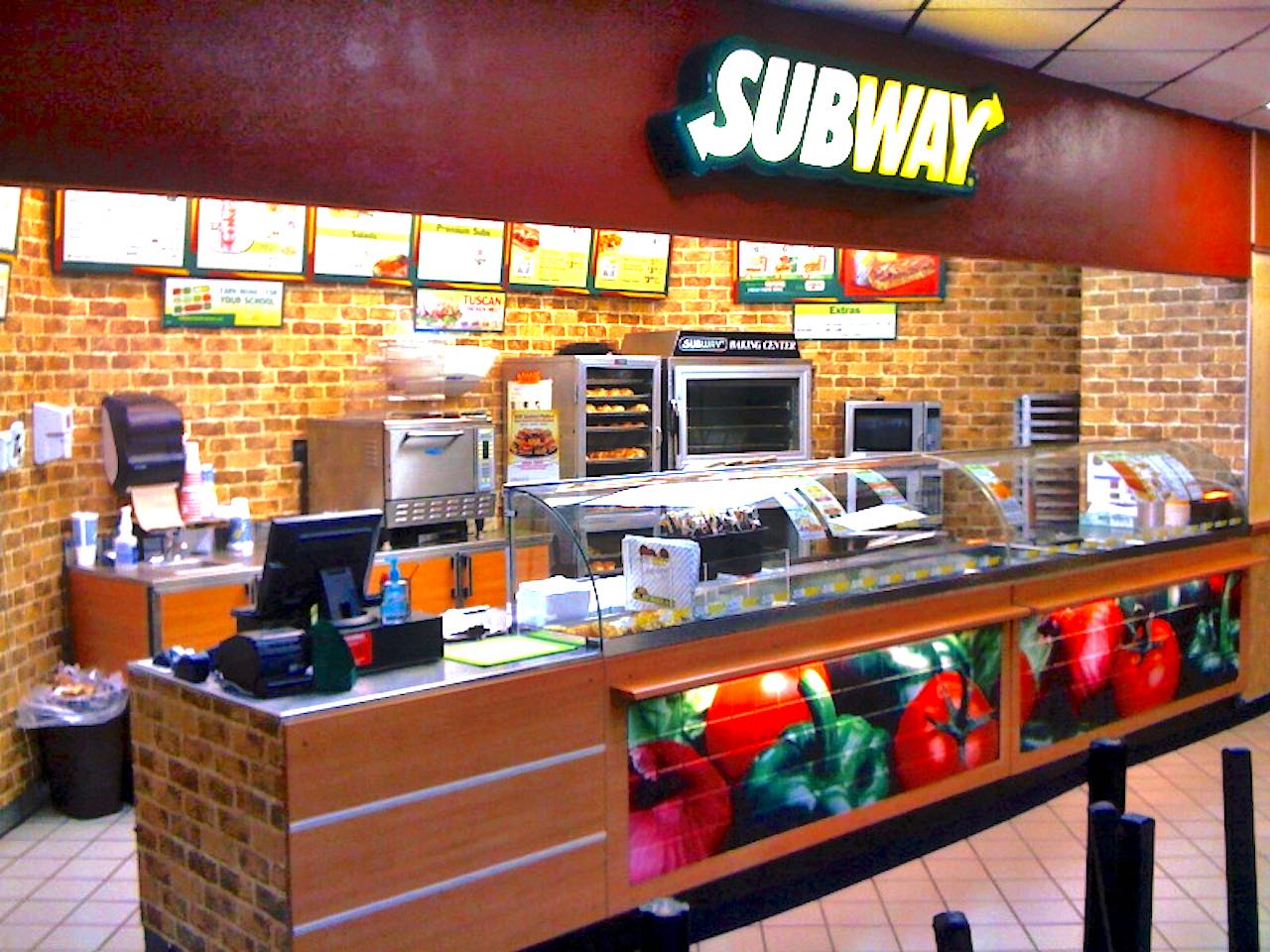
Subway’s organizational structure (business structure) centralizes strategic decision-making processes while supporting regional market strategies for franchise locations. The company’s organizational design involves a hierarchy of departments and offices that address the global management needs of the fast-food restaurant chain. Subway’s structure supports franchise operations, similar to the corporate structural support of multinational competitors, including McDonald’s, Wendy’s, and Burger King, as well as Starbucks. These competitors contribute to the strong force of rivalry described in the Five Forces analysis of Subway. Considering this competitive market, Subway’s company structure involves resource allocation that facilitates comprehensive implementation of strategies throughout its multinational network of franchisees.
Subway’s structure provides the communication channels and lines of authority for strategic decisions affecting store locations around the world. The effectiveness of this organizational structure drives the foodservice business operations toward its strategic goals. This corporate structure satisfies Subway’s mission statement and vision statement, which aim for industry leadership and support for stakeholders.
Characteristics of Subway’s Structure
Subway’s structure revolves around core business functions that are centralized through a global hierarchy managed at the company’s headquarters. The company’s international network of franchisees and their locations determine the divisions of this organizational structure. The following are the main characteristics of Subway’s structure:
- Global hierarchy
- Regional divisions and offices
Global hierarchy. Subway has a centralized hierarchy of officers and offices based on basic business functions. For example, the company structure has a Human Resource department that develops and implements training programs and policies for franchisees around the world. This hierarchical centralization ensures coordination of all divisions of the business structure to optimize the benefits of the business opportunities and competitive advantages shown in the SWOT analysis of Subway. The submarine sandwich restaurant chain develops as a unified system through this characteristic of the corporate structure. The following departments and offices represent the centralized global hierarchy of Subway’s structure:
- Office of the CEO
- Finance
- Operations & Insights
- Legal
- Digital & Information
- Human Resources
- Development
Regional divisions and offices. Subway’s organizational structure involves regional divisions and corresponding offices for strategic formulation specific to regional and local foodservice markets. For example, these geographic divisions ensure that the company structure and organizational design account for differences among regional markets and their respective franchisees. Also, these regional divisions adjust Subway’s marketing mix (4P) for implementation in regional or local markets. For instance, promotional campaigns for new menu items are linked to the management decisions for the regional divisions of the business structure. The following are the regional divisions of Subway’s structure:
- North America
- Europe, Middle East & Africa
- Asia Pacific
- Latin America & Caribbean
Subway’s Structure & Franchise Model
Subway’s organizational structure reflects the requirements and managerial decision-making processes involving the franchise model. The company depends on the operations of franchisees. Franchisees manage their own restaurant operations to generate their profits and the profits of Subway. This relationship between the company and its franchisees requires a business structure with centralized decision-making processes and support for franchisees’ autonomy in their local markets. Subway’s company structure addresses centralization throughout its global hierarchy and supports franchisees’ independence through regional divisions. For example, Subway’s generic competitive strategy and intensive growth strategies are implemented at the local level with franchisees’ input and adjustment to suit local market conditions.
Subway’s franchise model presents the challenge of developing a business culture that permeates the entire network of franchise locations and their groups and teams. Ideally, the organizational structure should be able to facilitate Subway’s organizational culture (work culture) at all business locations. However, the company limits its business structure to allow for some autonomy in the operations of franchisees. This business situation can create structural barriers to developing a foodservice work culture that properly represents the company’s core values throughout the franchise network. Nonetheless, Subway can develop innovative strategies and franchising agreements that account for such barriers based on the company structure.
References
- Hasançebi̇, B., Keski̇n, E., & Yorganci, B. (2024). A bibliographic research on globalization strategies of fast-food businesses. Journal of Tourism & Gastronomy Studies, 12(2), 1049-105.
- Subway Franchise – Growth Opportunities.
- Subway Leadership.
- The Subway Story.
- Wyland, R., Hanson-Rasmussen, N., & Clark, F. (2024). The structure-culture alignment activity: Aligning organizational structure elements with diversity, equity, and inclusion cultural values. Journal of Management Education, 48(1), 141-167.
- Zhang, X., Denicol, J., Chan, P. W., & Le, Y. (2024). Designing the transition to operations in large inter‐organizational projects: Strategy, structure, process, and people. Journal of Operations Management, 70(1), 107-136.